By guest author Kent Steine
Hollywood glamour portraits, the creation of idols in paintings and sketches rose with the star system in the motion picture industry of the 1920's. Studio publicity departments created an image of the star, artists fabricated that image with dramatic lighting, costumes and props. They used traditional methods of portraiture to achieve an on-model likeness, and added the veneer of Hollywood's glamour and idealism, drawn from the worlds of fashion and advertising.
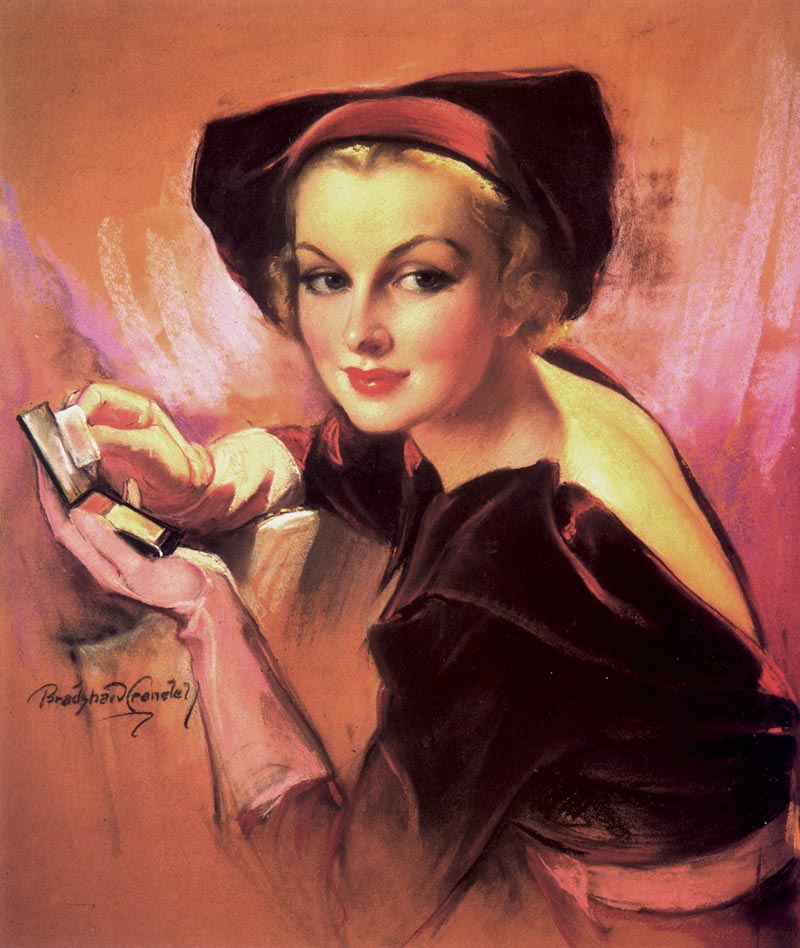
(Above: The July 1936 cover of Cosmopolitan featured actress Carole Lombard at height of her career. Produced with his refined pastel technique, this example of idealized beauty presented Bradshaw Crandell at the top of his form.)
Bradshaw Crandell was one of the first and most recognizable artists to portray the essence of Hollywood glamour. Beginning with his first cover for Judge, in 1921, he embarked upon a career that would ultimately make him one of the most influential men in the motion picture industry.
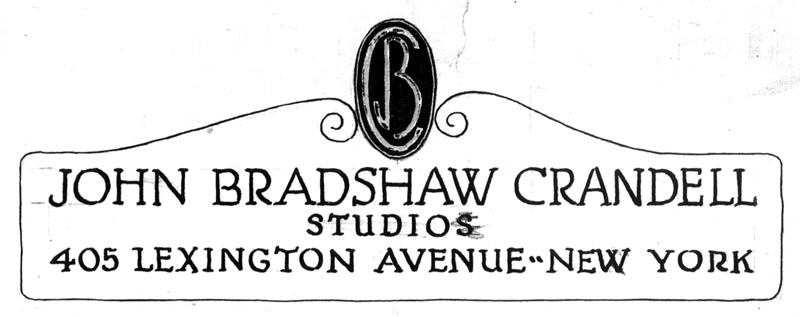
(Above: This was Bradshaw Crandell's original concept for a logo design, as hand rendered at the top of letter sized piece of paper. ca 1921. Below: The May 1941 cover of Cosmopolitan represents Crandell's ability to create an exciting and interesting picture with a minimal amount of information. He understood how to make a good cover.)
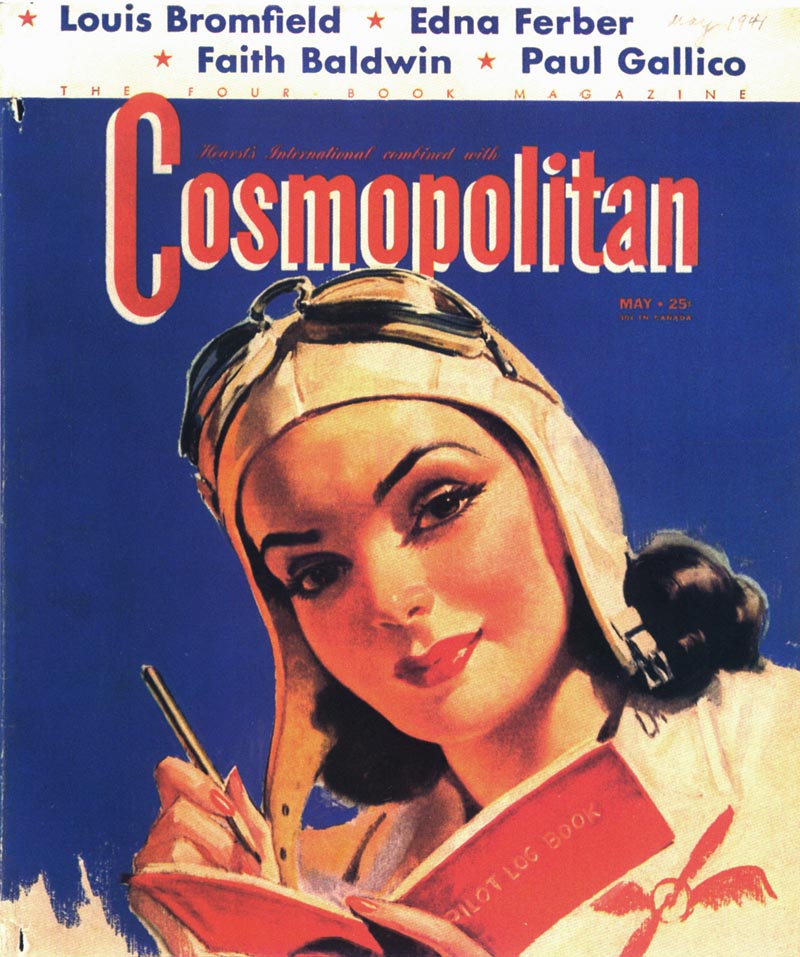
The list of stars that eagerly sat for Crandell is like reading a who's who list of movie greats from the 1920's to the 1950's.
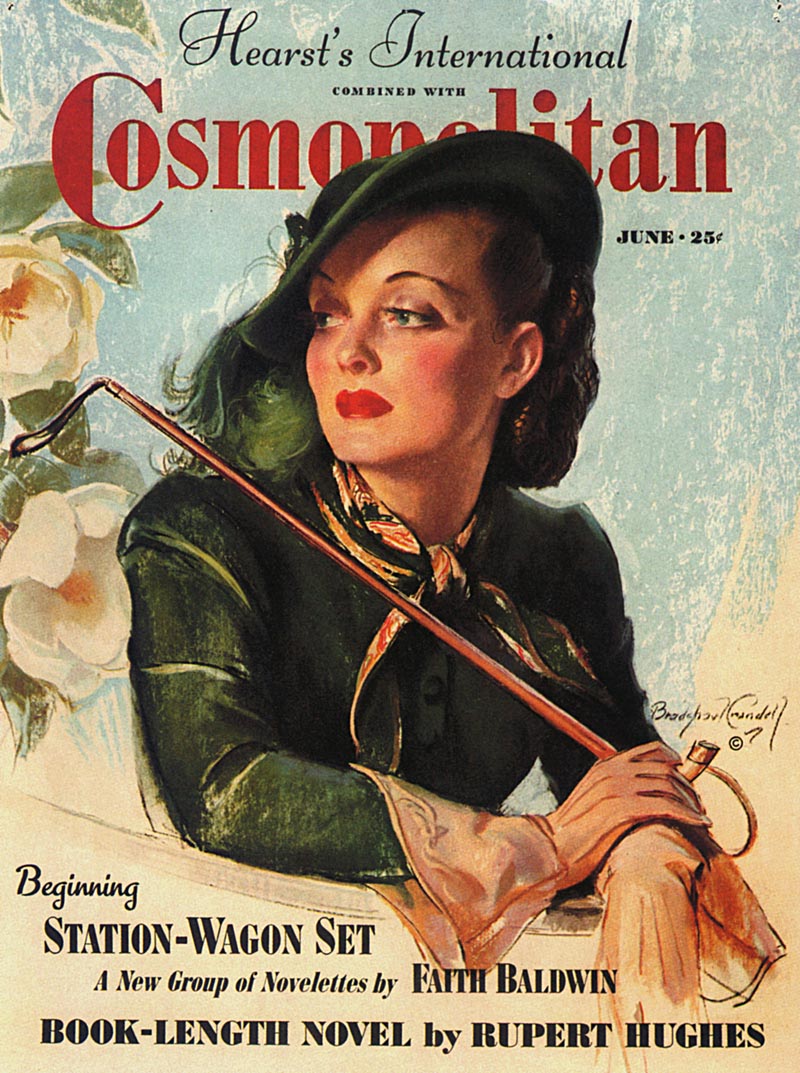
(Above: "The June 1938 cover of Cosmopolitan was an idealized representation of one of Hollywood's most recognizable stars, Bette Davis.)
In this highly competitive and specialized field of illustration, he captured the elements of beauty, and the feeling of life.

(Above: This was Bradshaw Crandell's original concept for a logo design, as hand rendered at the top of letter sized piece of paper. ca 1921. Below: The May 1941 cover of Cosmopolitan represents Crandell's ability to create an exciting and interesting picture with a minimal amount of information. He understood how to make a good cover.)

The list of stars that eagerly sat for Crandell is like reading a who's who list of movie greats from the 1920's to the 1950's.

(Above: "The June 1938 cover of Cosmopolitan was an idealized representation of one of Hollywood's most recognizable stars, Bette Davis.)
In this highly competitive and specialized field of illustration, he captured the elements of beauty, and the feeling of life.
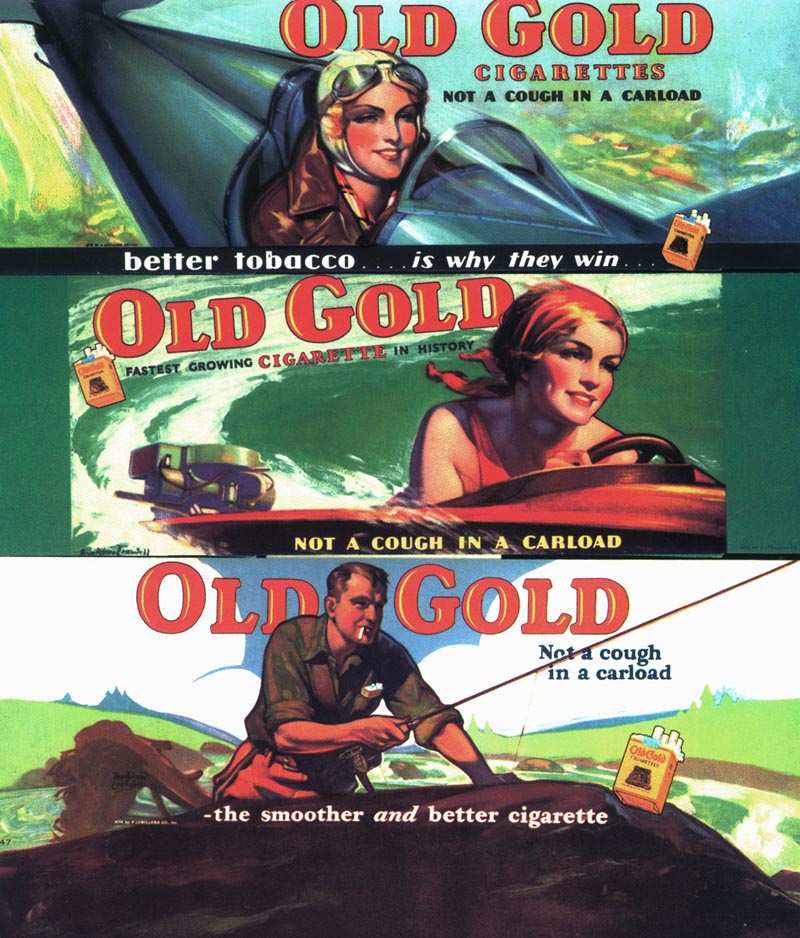
(Above: These point of purchase displays for Old Gold cigarettes were extremely popular in the 1930's. They set a standard for the company's advertising campaigns by representing excitement, youth, and healthy lifestyle.
* Kent Steine is an artist, author and teacher. His reknowned series of "Masters" articles for Step-By-Step magazine remain some of the best ever written on the history of illustration. With this week being the anniversary of Bradshaw Crandell's death, I'm very grateful to Kent for sharing the story of this fabulous artist with us. An abridged version of this week's series of posts originally appeared as an article in SXS magazine. ~ Leif
Kent Steine's website






0 comments:
Post a Comment